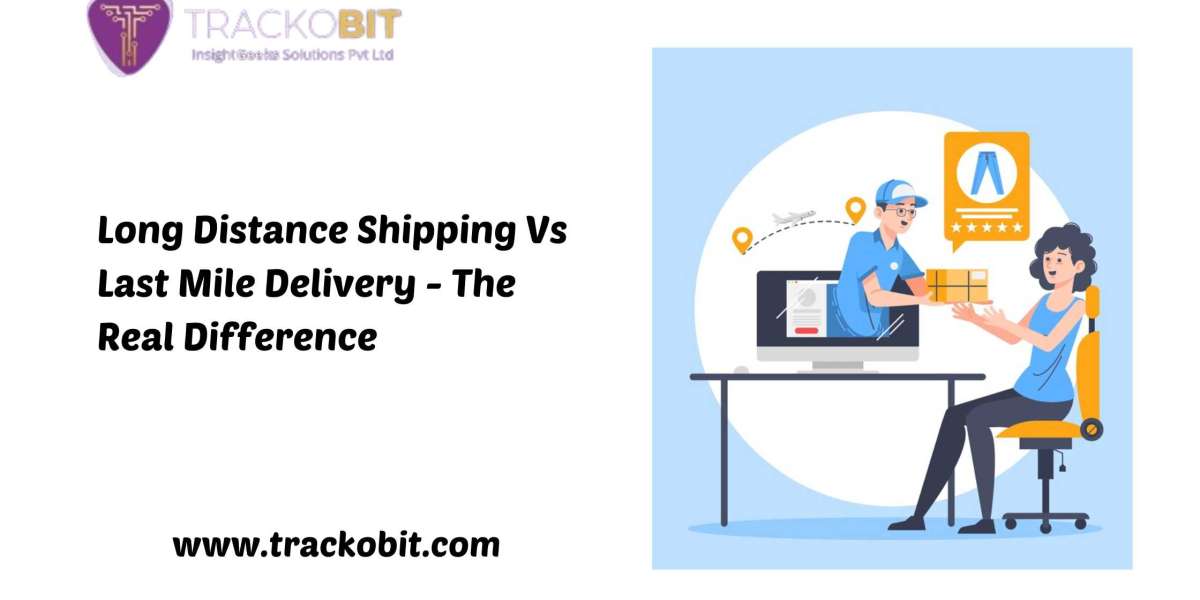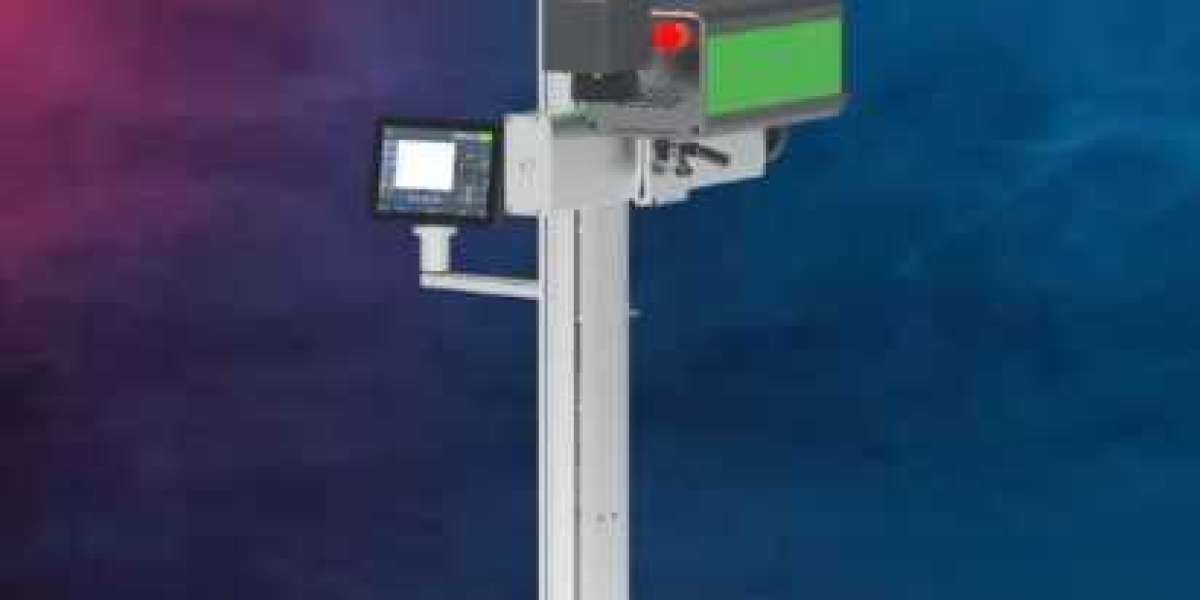In the modern world of logistics, how you move products can determine your business's success. Imagine, a product travels thousands of miles, crossing borders, only to stumble at the final stretch, the last mile. However, business leaders often overlook this crucial stage, focusing instead on the broader journey. But here's something you must know about- excelling last-mile delivery is essential for customer satisfaction and business growth. In this article, you'll basically get to know the difference between long-distance shipping and last-mile delivery. So, if you're eager to know, give the article a quick read.
What Does The Term Long Distance Shipping Mean?
Long-distance shipping is all about transporting goods across vast geographical areas. This process is complex, involving multiple modes of transport such as air, sea, and rail.
To be specific, the goal is to move products from a manufacturing site to a distribution center. It's the backbone of global trade, connecting suppliers with consumers across continents.
However, this stage of logistics is not without its challenges. Businesses must navigate customs regulations, manage shipping costs, and deal with potential delays due to weather or political instability. The focus here is on efficiency and cost-effectiveness.
Basically, companies leverage long-distance shipping to ensure that products are available in regional warehouses. This then makes it ready for the final leg of their journey.
Understanding The Last-Mile Delivery Process
Last-mile delivery is the final step in the logistics chain. In this phase, goods are transported from a distribution center to the customer’s doorstep. Unlike long-distance shipping, this stage focuses on a very short distance. But, this final phase is crucial in terms of customer satisfaction. The aim is to deliver the product as quickly and efficiently as possible.
This process typically involves coordinating with delivery agents, often using last-mile delivery software to streamline operations. Such software helps in route optimization, tracking, and communication, ensuring that deliveries are made on time.
Despite the short distance, last-mile delivery is often the most expensive and challenging part of the shipping process. After all, it requires real-time decision-making and flexibility to handle various issues.
Now that you understand both the terms, let's get into finding the difference between the two.
Key Differences Between Long Distance Shipping Last-Mile Delivery
In this section, you'll find out the major differences between the two. So, go ahead and read the below pointers.
- Distance covered
Long-distance shipping involves vast geographical distances, often crossing borders or continents. In contrast, Last-Mile Delivery focuses on a short distance.
- Cost factors
Long-distance shipping deals with bulk transport, keeping costs per unit low. On the other hand, last-mile costs are much higher per unit due to the individualized nature of deliveries.
- Complexity of operations
Long-distance shipping requires coordination across multiple countries, dealing with customs, international regulations, and multiple modes of transport. Last-mile delivery, on the other hand, demands precision in local routing and timing. This often involves rider management software to ensure efficiency.
- Customer interaction
In long-distance shipping, customer interaction is minimal until the product reaches its destination country. Last-mile delivery is where the customer experience is most critical. It's the stage where the product finally reaches the customer. This makes customer service and communication vital.
- Technology use
Technology like GPS and tracking systems are crucial in long-distance shipping. But, the best last mile delivery practices heavily rely on advanced solutions for route optimization, real-time tracking, and customer communication.
Why Is Last-Mile Delivery Crucial For Businesses?
Last-mile delivery is not just the final step; it's a crucial touchpoint in the customer journey. It’s where businesses have the opportunity to create a lasting impression. A delayed or missed delivery can result in customer dissatisfaction, negative reviews, and loss of future business.
Moreover, with the rise of e-commerce, customers now expect fast, reliable, and sometimes even same-day deliveries. This has made last-mile delivery software key for businesses aiming to meet customer expectations. The software not only enhances efficiency but also provides valuable insights into customer behavior and preferences. Thus, understanding these insights can help businesses refine their delivery strategies.
The last mile is also where businesses can differentiate themselves from competitors. Offering flexible delivery options, real-time tracking, and excellent customer service can turn a one-time buyer into a repeat customer.
Challenges Faced During This Last-Mile Phase
Despite its importance, last-mile delivery comes with multiple challenges. For example-
- High Costs
The last mile is often the most expensive part of the shipping process. It is due to the need for personalized delivery routes and the labor-intensive nature of the task. Businesses must constantly balance between keeping last mile delivery costs low while maintaining high service levels.
- Traffic Route Optimization
Urban areas, in particular, pose challenges with traffic congestion, making it difficult to ensure timely deliveries. Last-mile delivery software plays a crucial role here by optimizing routes in real-time.
- Customer Expectations
Today’s consumers expect fast, flexible, and free delivery, which can strain logistics networks. Managing these expectations without inflating costs is a constant balancing act.
- Address Accuracy
Incorrect addresses or hard-to-reach locations can cause delays. This is where rider management software becomes essential. It helps delivery agents verify addresses and navigate tricky locations.
Now, you must be wondering about the way to solve all these challenges, right? Well, the answer lies in a robust last-mile delivery software like TrakcoMile. Willing to know more about it? If yes, check the official website.
Bottom Line
Overall, understanding the difference between long-distance shipping and last-mile delivery is key to optimizing your operations. And till now you must have understood the fact that last-mile delivery is where customer satisfaction is truly won or lost. This also means by investing in the right technology, businesses can overcome almost every delivery-related challenge. So, what are you waiting for?
Source : Long Distance Shipping Vs Last Mile Delivery - The Real Difference








